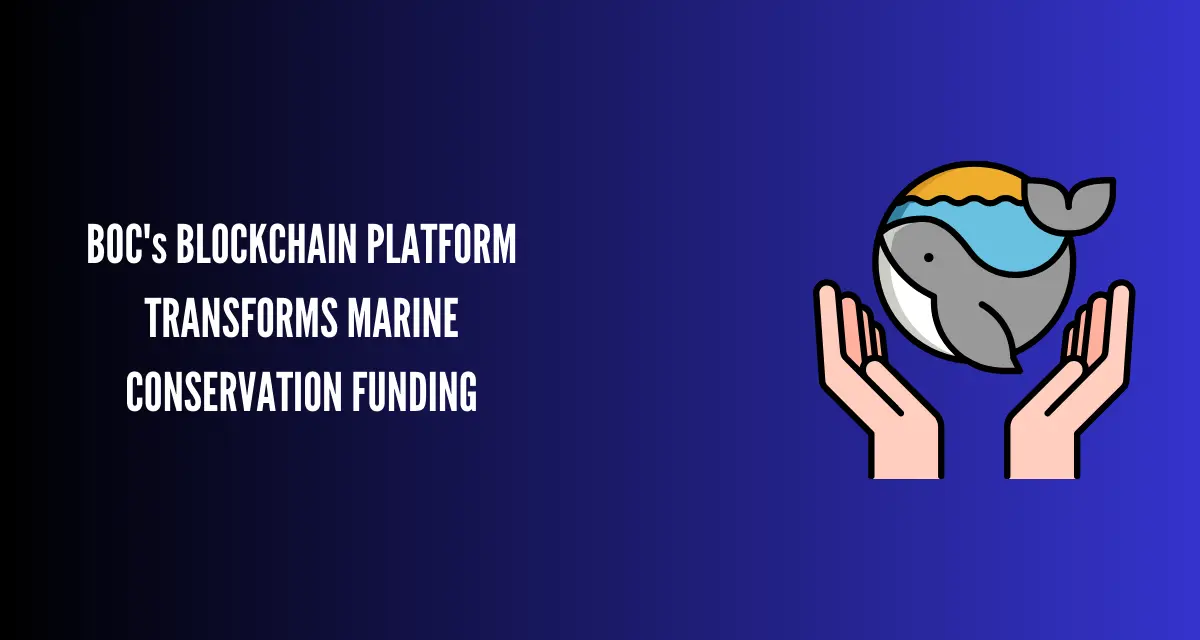In today’s digital age, understanding what your audience is searching for online is important for creating relevant and engaging content. Google Trends is an invaluable tool for marketers and content creators, offering insights into search trends and behaviors. This guide will show you how to leverage Google Trends for planning your content calendar, ensuring your topics relate with your audience and drive traffic to your site.
Understanding Google Trends
What is Google Trends?
Google Trends is a free tool provided by Google that tracks the popularity of search queries across various regions and languages. It offers a window into the collective interests and concerns of internet users, making it a goldmine for content creators looking to tap into current trends.
Key Features of Google Trends
Google Trends carries several features that can enhance your content strategy:
Search Interest Over Time: This feature shows the relative search volume of a keyword over a specified period, allowing you to identify trends and patterns.
Geographical Interest: Discover where in the world your chosen keywords are most popular, helping you create your content to specific regions.
Related Topics and Queries: This provides insights into related areas of interest, offering inspiration for additional content ideas.
The Benefits of Using Google Trends for Content Planning
Leveraging Google Trends can transform your content strategy, making it more data-driven and aligned with your audience’s interests. Here’s how:
Identifying Seasonal Trends
Understanding the subside and flow of interest in topics throughout the year is critical for timely and relevant content creation. Google Trends can highlight these seasonal peaks, allowing you to schedule content when your audience is most receptive. For instance, if you’re in the fashion industry, you might find that searches for “summer dresses” spike in early spring. By preparing and publishing content on this topic ahead of the curve, you can capture this rise in interest.
Discovering Emerging Topics
In the fast-paced online world, being among the first to cover a rising trend can set you apart from your competitors. Google Trends helps you stay ahead by identifying topics gaining traction. This foresight enables you to produce content on rising trends, positioning your brand as a thought leader and attracting early interest in new topics.
Understanding Geographic Interest
Not all content connects the same way in different regions. Google Trends provides geographic insights that can guide your content strategy, ensuring it appeals to the specific interests of your target audience, whether they’re local or global. For example, a topic trending in the United States might not have the same appeal in Europe, and vice versa. Modifying your content to these geographic preferences can significantly increase its impact and engagement.
Enhancing Content Relevance
By aligning your content with the topics your audience is actively searching for, you increase its relevance and value. This not only improves user engagement but also boosts your content’s SEO performance, as search engines favor content that meets users’ needs and interests.
Optimizing Content Timing
Timing can be everything in content marketing. Google Trends allows you to pinpoint the optimal moment for publishing content on specific topics, maximizing its visibility and engagement. This strategic timing ensures your content reaches your audience when they’re most interested, leading to higher traffic and engagement rates.
Informing Content Type and Format
The insights from Google Trends can also inform the type and format of content you create. For instance, if video content related to “DIY home decor” shows a rising trend, investing in video tutorials or demonstrations can attract more viewers and keep them engaged.
Step-by-Step Guide to Using Google Trends for Content Calendar Planning

Navigating Google Trends and integrating its insights into your content planning process can seem challenging at first. However, by following a structured approach, you can easily utilize the power of this tool to inform your content strategy. Here’s a detailed guide on how to get started with Google Trends, analyze the data, and apply these insights to your content calendar.
Case Studies: Successful Content Strategies with Google Trends
Real-world examples can provide valuable insights into how Google Trends can be effectively used to inform content planning. These case studies highlight the strategic use of Google Trends by businesses to drive engagement and traffic.
Example 1: Seasonal Content Boost
A lifestyle blog used Google Trends to identify a spike in interest in “spring cleaning tips” starting in late February. By preparing a series of related articles and videos ahead of time, they were able to capture this seasonal interest, resulting in a significant increase in traffic and engagement during this period.
Example 2: Trending Topic Engagement
An online tech magazine monitored Google Trends for emerging technologies and noticed a growing interest in “augmented reality apps.” By producing early content on this topic, including reviews and how-to guides, they attracted a substantial audience keen on exploring this new technology, establishing themselves as a go-to source for cutting-edge tech content.
Best Practices for Using Google Trends in Content Planning
To maximize the benefits of Google Trends for your content strategy, consider these best practices:
Regularly Monitor Trends: Search interests can change rapidly. Regular monitoring can help you stay on top of developing trends and adjust your content plan accordingly.
Analyze Related Queries: This can provide additional content ideas and help you cover a topic more comprehensively.
Consider Long-Term Trends: While capitalizing on short-term trends is valuable, also look for long-term shifts in interest that could inform your content strategy.
Common Mistakes to Avoid
While Google Trends is a powerful tool, there are pitfalls to avoid:
Overreliance on Trending Topics: Don’t neglect evergreen content that can provide steady traffic over time.
Ignoring Context: Always understand the context behind the data. A spike in search volume might be due to current events rather than a genuine, lasting interest in a topic.
Conclusion
Google Trends is an essential tool for any content creator or marketer looking to align their content with audience interests and search behaviors. By leveraging the insights it provides, you can create a content calendar that not only attracts but also engages and retains your audience. Remember, the key to successful content planning is not just to follow the trends but to anticipate and respond to your audience’s evolving interests. Start incorporating Google Trends into your content planning process today, and watch your engagement and traffic soar.
Author

Ethan, our Tech Master , delves into the intricacies of Technical SEO. With a keen eye for detail, he optimizes the backend, ensuring your digital infrastructure stands strong and resilient.
View all posts







